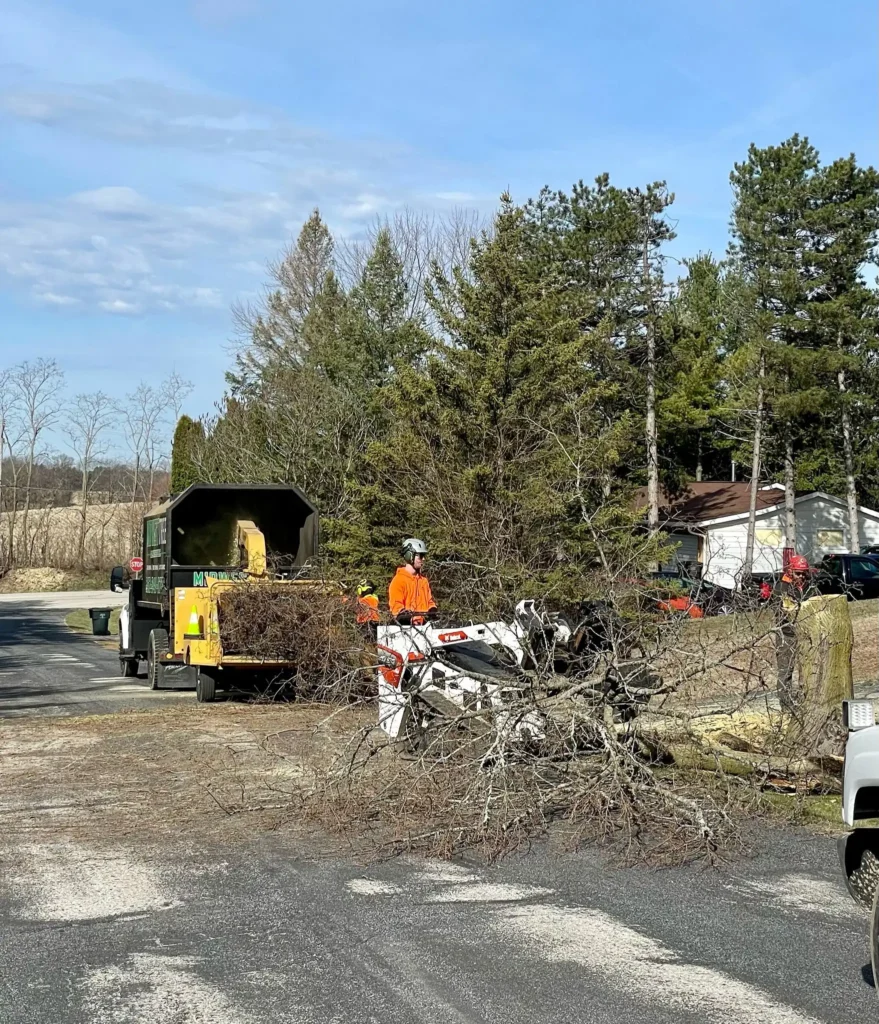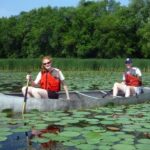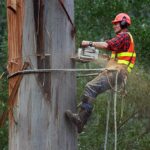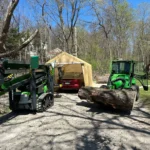Invasive plants pose a persistent threat to Wisconsin’s natural landscapes, forestry, and agricultural productivity. The Wisconsin Department of Agriculture, Trade and Consumer Protection (DATCP), in collaboration with the Department of Natural Resources (DNR), has developed a comprehensive regulatory framework to address the introduction, spread, and management of these non-native species.
Understanding these rules is essential for landowners, municipalities, and businesses dedicated to maintaining healthy environments and complying with state law.
Understanding Invasive Species in Wisconsin
Invasive species are defined under Wisconsin law as nonindigenous organisms whose introduction causes or is likely to cause economic or environmental harm, or harm to human health. These species disrupt native ecosystems, outcompete local flora, and can lead to costly management challenges for both public and private landholders. The state’s approach to invasive plant management is rooted in early detection, prevention, and a combination of regulatory and practical control measures.
DATCP’s Regulatory Approach: Quarantines and Classifications
DATCP enforces plant protection regulations known as quarantines to prevent the introduction and spread of invasive plant pests and diseases. Nursery stock and plant products entering Wisconsin must be certified as free from harmful pests and diseases. Importing invasive plant species is generally prohibited, with strict regulations in place to ensure compliance. These quarantines are part of a broader effort to safeguard Wisconsin’s agriculture and natural resources from new and emerging threats.
A cornerstone of Wisconsin’s invasive species management is the classification system established by the DNR’s Chapter NR 40 rule, which categorizes invasive species as either “Prohibited” or “Restricted”:
- Prohibited Species: These are invasive plants not yet present in Wisconsin (or found only in isolated, manageable populations). They are likely to cause significant harm if introduced. The transport, possession, transfer, and introduction of prohibited species are banned, and eradication is required if they are found.
- Restricted Species: These species are already established in the state and have demonstrated potential for significant harm. While their transport, transfer, and introduction are also prohibited, possession is allowed (except for certain aquatic species). Control is encouraged but not mandated for restricted species.
This regulatory framework empowers DATCP and DNR to take swift action, including issuing control orders and, if necessary, recovering costs from landowners who fail to comply with eradication directives.
Best Management Practices for Invasive Plant Control
Effective invasive plant management in Wisconsin relies on a combination of regulatory compliance and practical best management practices (BMPs). These BMPs are designed to prevent the spread of invasives and mitigate their impact on native ecosystems. Key strategies include:
- Manual and Mechanical Control: Techniques such as hand-pulling, digging, cutting, mowing, and mulching are effective for small infestations or sensitive areas where chemical use is impractical. Persistent manual efforts are often required for success, especially with species that resprout from roots or fragments.
- Chemical Control: Targeted herbicide applications can be used for larger infestations, but must be applied according to label instructions and with consideration for non-target species and water resources.
- Biological Control: The introduction of natural predators or pathogens, such as beetles for purple loosestrife, can help suppress invasive populations over time. However, these methods require careful evaluation to avoid unintended ecological consequences.
- Prevention and Early Detection: Regular inspections, cleaning of equipment, and adherence to quarantine protocols are essential to prevent the introduction and spread of invasive plants. Early detection and rapid response increase the likelihood of successful eradication.
The DNR also emphasizes integrated pest management (IPM), which combines multiple control methods and encourages the restoration of native vegetation to enhance ecosystem resilience.
Municipal and Landowner Responsibilities
Municipalities, landowners, and businesses in Wisconsin are all responsible for complying with DATCP and DNR rules regarding invasive species. This includes:
- Monitoring properties for invasive plants.
- Taking reasonable precautions to prevent their spread (such as cleaning equipment and vehicles).
- Cooperating with inspections and control orders issued by state agencies.
- Seeking permits when necessary for activities that may involve regulated species.
Education and outreach are also a priority, with state agencies providing resources and training to help communities identify, report, and manage invasive species effectively.

Staying Ahead of Invasive Threats
Wisconsin’s regulatory and management approach is dynamic, adapting to new threats as they emerge. The state’s Invasive Species Council, along with scientific advisory groups, continually reviews species lists and recommends updates to rules and BMPs. Public engagement, research, and partnerships between agencies, businesses, and citizens are critical to maintaining progress in invasive plant management.
Invasive Plant Management and Tree Removal
In Waukesha and the surrounding communities, effective invasive plant management is crucial for protecting the health and vitality of local forests and landscapes. Managing invasive species often involves addressing overgrown or hazardous trees that can contribute to the spread of these plants.
Professional tree removal in Waukesha play a key role in this process, ensuring properties remain safe and compliant with Wisconsin’s environmental regulations. Midwest Tree & Landscape specializes in tree removal Waukesha and forestry mulching, providing expert support to property owners committed to controlling invasive species and restoring native ecosystems.
Contact us today to schedule a consultation and let our experienced team help you manage invasive plants and ensure a healthier, safer environment for your Waukesha property.




